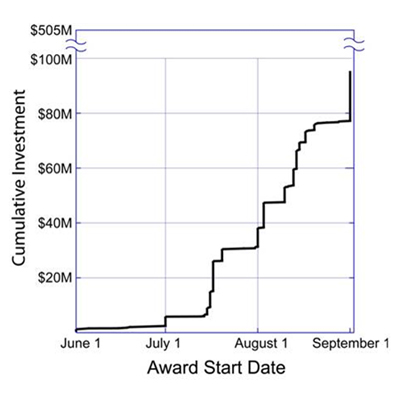It has been very gratifying to see outstanding female scientists appropriately recognized in the Nobel Prize announcements this month. However, a variety of evidence reveals that, in many fields of science and engineering, women’s careers progress along different trajectories than do men’s careers. As I noted in a previous post, NIGMS has led an initiative to support social science research directed toward examining and developing a rigorous evidence base regarding the factors that influence women’s careers in the biomedical and behavioral sciences and engineering. This effort resulted in a new funding opportunity, and NIH announced last week that it had awarded 14 R01 grants.
In addition to studying causal factors, such as family, finances and culture, the new research projects will also look at the role of mentoring, environment, funding support and other interventions. To learn more about the projects, search NIH RePORTER by RFA-GM-09-012. With a total of $16.8 million in funding from 15 NIH institutes, centers and programmatic offices, these grants reflect NIH’s broad commitment to addressing these issues.
We look forward to following the results over the next four years. I expect that they will have broad implications with regard to programs that promote the advancement of women’s careers in science and engineering, especially at critical junctures.


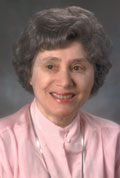 We were all very sad to learn of the death of Ruth Kirschstein, M.D., last evening. She will be deeply missed here at NIGMS, NIH, and beyond.
We were all very sad to learn of the death of Ruth Kirschstein, M.D., last evening. She will be deeply missed here at NIGMS, NIH, and beyond.
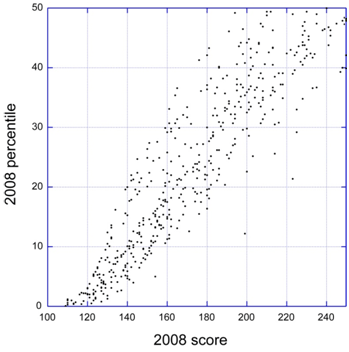
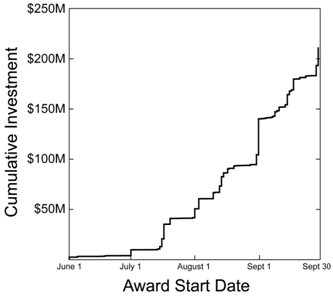
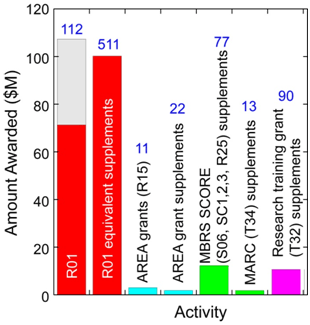
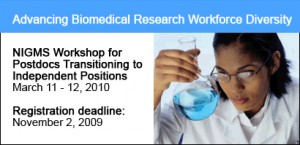 The workshop is called “Advancing Biomedical Research Workforce Diversity: NIGMS Workshop for Postdocs Transitioning to Independent Positions.”
The workshop is called “Advancing Biomedical Research Workforce Diversity: NIGMS Workshop for Postdocs Transitioning to Independent Positions.”